What is performance anxiety?
Performance anxiety is something that can:
This is normal! There are a bunch of bizarre things your body does when you are about to play for others. If you feel this way, it doesn't mean you are a freak who shouldn't play music. We all feel some form of performance anxiety when the pressure is on. EVERYONE!
You won't be able to get rid of it completely, but there are some tips and tricks I have to make the most of it. I like to use all the excess energy I get from my nervousness to help me play better!
- make a piece that sounds amazing at home fall apart when you play for someone else.
- cause you to feel like you might be dying as you walk onstage.
- make you never want to touch your instrument again!
This is normal! There are a bunch of bizarre things your body does when you are about to play for others. If you feel this way, it doesn't mean you are a freak who shouldn't play music. We all feel some form of performance anxiety when the pressure is on. EVERYONE!
You won't be able to get rid of it completely, but there are some tips and tricks I have to make the most of it. I like to use all the excess energy I get from my nervousness to help me play better!
Try this!
I taught an online class to the 2021 virtual All-State participants on this very topic. Although I couldn't see or hear them, I still experienced some performance anxiety . . . while giving a class on performance anxiety!
See what I mean? It affects us all. You are not alone and you don't have to suffer!
I hope some of the tips in the following video class help you.
See what I mean? It affects us all. You are not alone and you don't have to suffer!
I hope some of the tips in the following video class help you.
What is your worst experience with performance anxiety?
| Shaky bow? Sweaty palms? Lack of appetite? Couldn't speak because your mouth was so dry? These are all very common for me (and many others)! Leave a comment below and tell me the worst symptom of performance anxiety you have experienced. How did it affect your performance? What do you think you might try to help make it easier next time? |

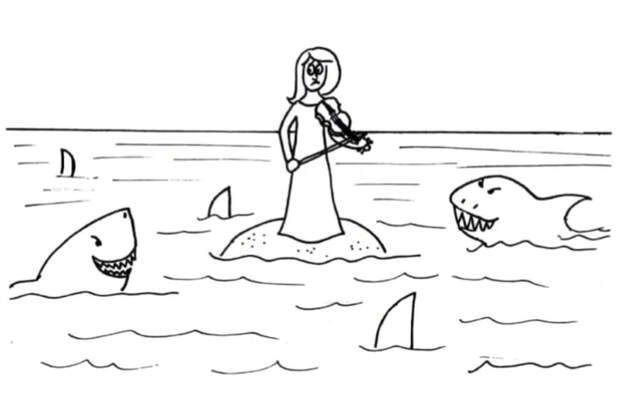
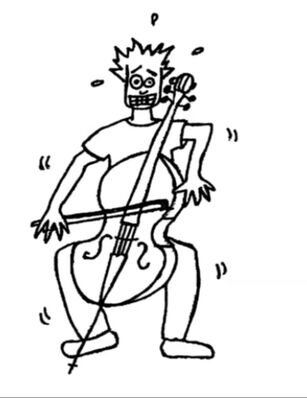
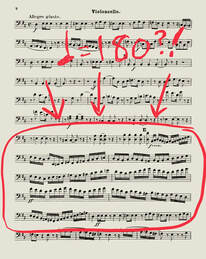
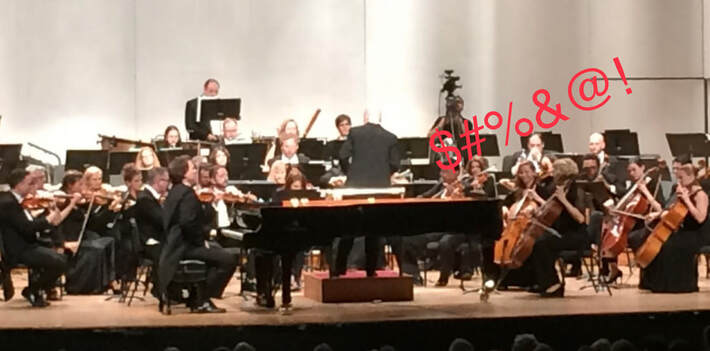

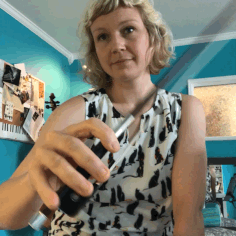
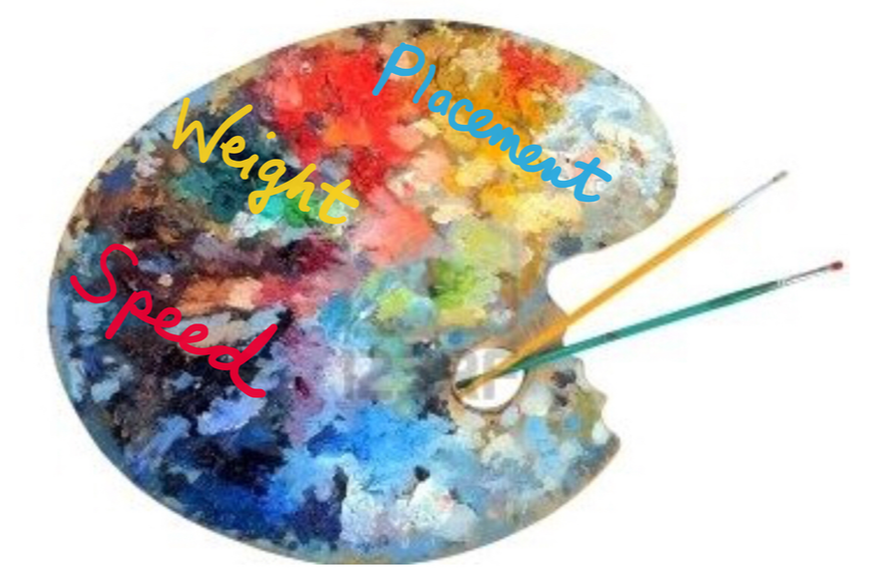
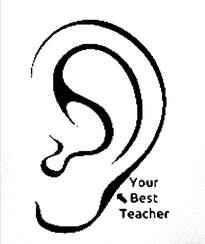
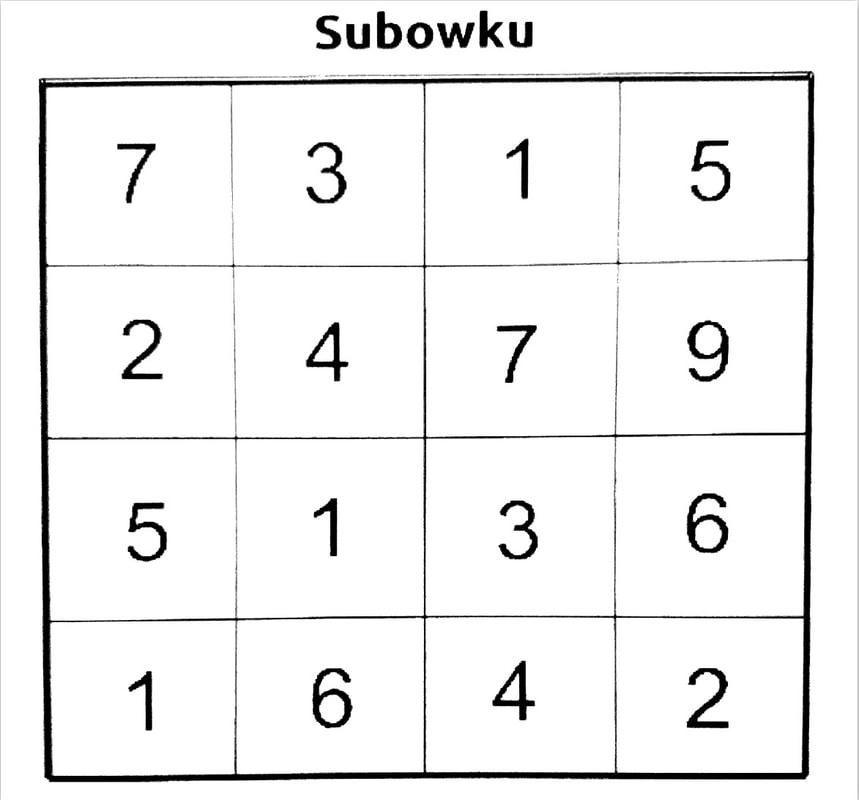
 RSS Feed
RSS Feed